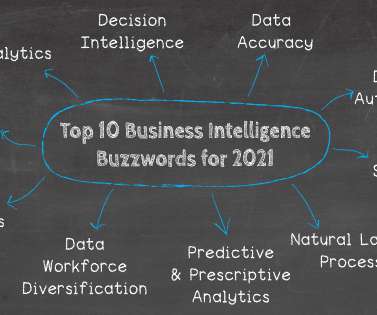Seven Steps to Success for Predictive Analytics in Financial Services
Birst BI
OCTOBER 30, 2018
Descriptive analytics are useful because this method of analysis enables financial services companies to learn from past behaviors. Descriptive analytics techniques are often used to summarize important business metrics such as account balance growth, average claim amount and year-over-year trade volumes. Accounts in use.






















Let's personalize your content